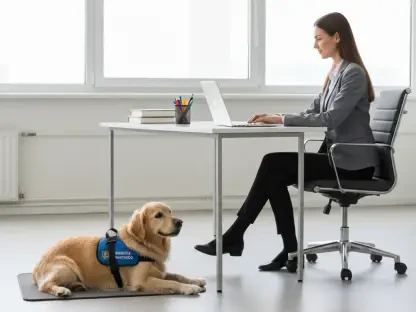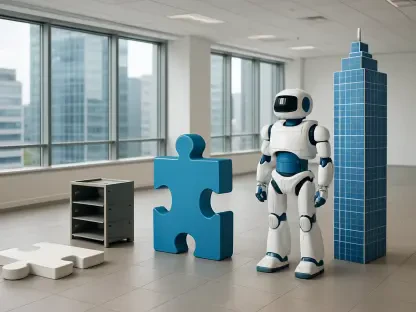Rapid advancements in artificial intelligence (AI) and robotics have sparked significant concern among workers about potential job displacement across various sectors, with the healthcare industry being a key focus. While some view these technologies as tools to free workers from monotonous tasks, enabling them to concentrate on more strategic endeavors, others fear that these advancements could render many low-skill roles obsolete.
The influence of AI on low-skill jobs has already been substantial. Automated systems and chatbots have drastically reduced the necessity for human customer service representatives. Similarly, the proliferation of self-checkout machines in grocery stores has decreased the demand for numerous cashier positions, illustrating the tangible impact of automation on these roles.
Interestingly, the conversation has now shifted towards high-skill jobs, highlighting that these roles are not immune to the advances of AI and robotics either. In healthcare, AI and robotic technologies are being used to boost efficiency, minimize errors, and ensure consistent outcomes. A significant development in this regard is the “Augmented Dexterity” model. This model envisions robots assisting surgeons with tasks requiring high levels of precision and dexterity, such as suturing, while still involving a human surgeon in a supervisory capacity to monitor and intervene if necessary.
The potential of the augmented dexterity framework extends further, allowing robots to create digital representations of surgical images projected onto patients. Human oversight remains critical in this context, as surgeons review and approve the robotic efforts before proceeding with the surgical plan. This approach helps standardize outcomes, particularly in high-risk scenarios where human error can be detrimental. Furthermore, robotic assistance facilitates remote surgeries, enhancing access to medical procedures for patients in rural or underserved regions, potentially revolutionizing the field of telesurgery.
Contemplating future scenarios, the article also considers the possibility of robots entirely replacing human surgeons. This discussion highlights a significant aspect of labor-saving technologies: while initial efforts may focus on automating low-skill jobs, the considerable financial benefits of automating high-skill positions, such as that of a heart surgeon, cannot be overlooked. Given the substantial salaries of medical professionals, automating these roles could lead to notable cost reductions.
Ultimately, the emphasis remains on the importance of staying updated with emerging AI trends and applications in various fields to ensure the workforce is adequately reskilled and upskilled. Keeping pace with these technological advancements is crucial for professionals to maintain their relevance in an increasingly automated world.
In conclusion, the balanced perspective presented in the article underscores both the opportunities for improved efficiency brought by AI and the anxieties linked to job displacement. It highlights the overarching trend of AI progressing from automating low-skill tasks to potentially transforming high-skill occupations, especially in the healthcare sector. As AI technology continues to evolve, businesses and workers must stay informed and adaptable to navigate and succeed in this dynamic landscape.









